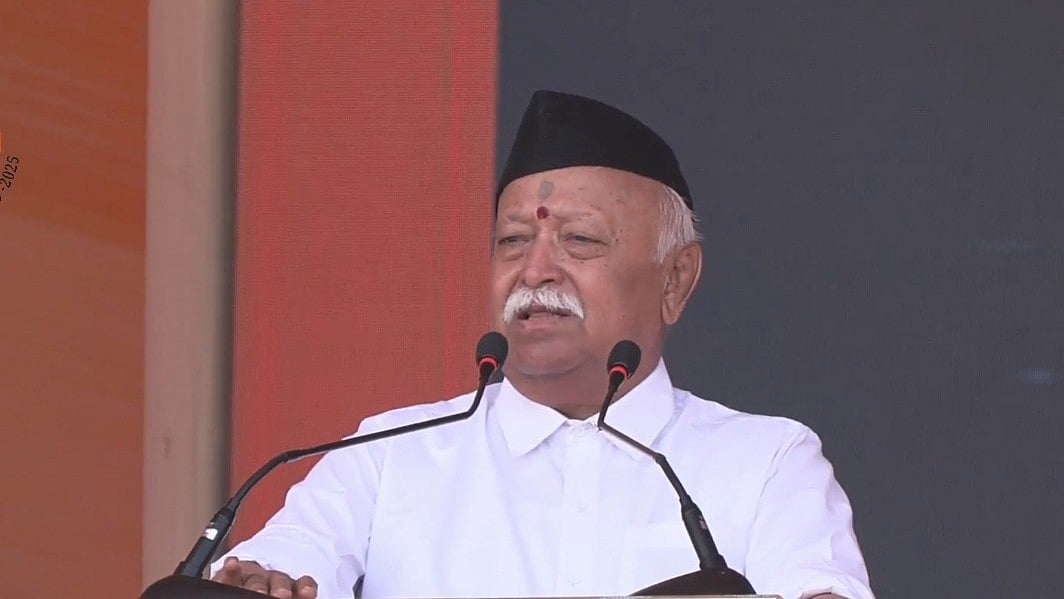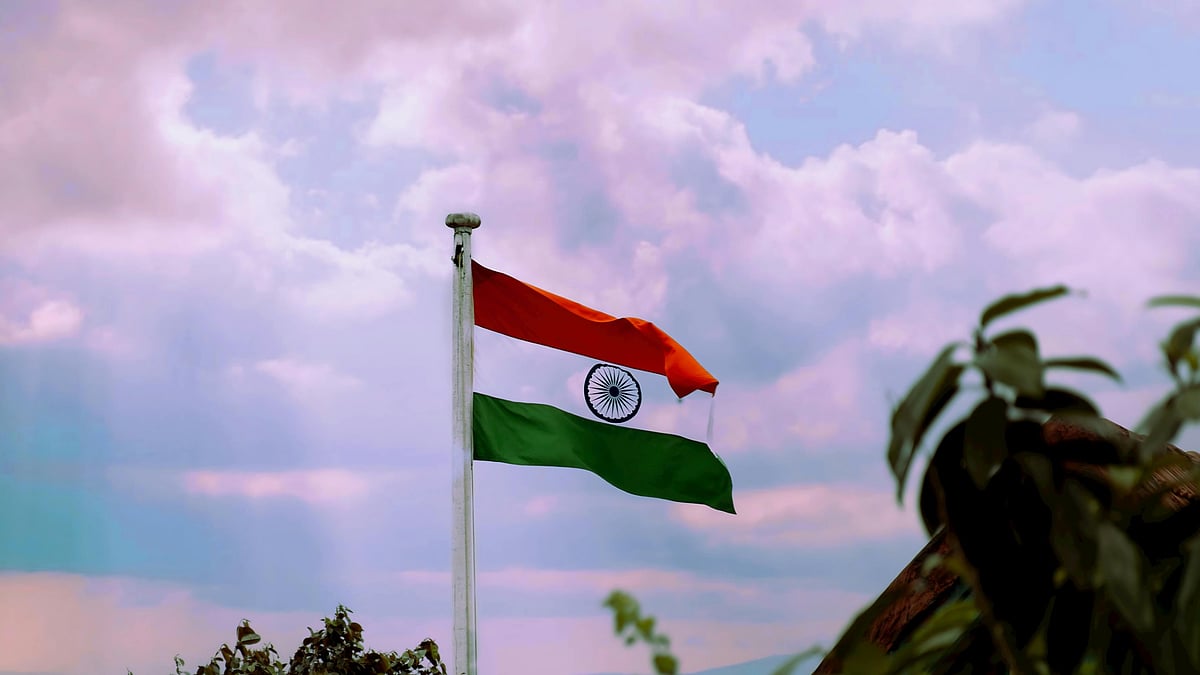When Lok Sabha reconvenes on Monday, the focus will be on Speaker Om Birla who will allot a date and time for discussion, followed by a vote on the motion of no-confidence against the Narendra Modi-led Union Council of Ministers.
The general expectation is that the schedule would be known before or on Thursday, July 27. As it is, the House has 10 more working days to conduct business.
Article 75(3) of the Indian Constitution states that ‘The Council of Ministers shall be collectively responsible to the House of the People’ (Lok Sabha). And in order to test this responsibility, the Lok Sabha rule book provides for a motion of no-confidence in the Council of Ministers.
According to Rule 198 (1), ‘A motion expressing want of confidence in the Council of Ministers may be made subject to the following restrictions, namely:— (a) leave to make the motion shall be asked for by the member when called by the Speaker; (b) the member asking for leave shall,1 [by 10.00 hours on] that day give to the Secretary General a written notice of the motion which such member proposes to move…’
The motion is thus a mechanism to find out if the government enjoys the confidence of the majority of the House. Under Parliamentary democracy, a government can only be in power if it commands the majority in the Lok Sabha, where members are directly elected by the people.
The Number Game
The outcome of a vote is obvious even before the members take part in it. The Treasury, as well as Opposition benches are aware of the brute majority that the Modi government enjoys in Lok Sabha. With the Bharatiya Janata Party (BJP) itself having 301 MPs, who constitute around 56 per cent of the total strength of the House, the result is a foregone conclusion.
It also enjoys the support of over two dozen MPs who are part of the National Democratic Alliance (NDA). Thus, with the majority mark in Lok Sabha at 272, Modi government is safe with about 330 members.
Andhra Pradesh's ruling YSR Congress Party has decided to support the government against the no-confidence motion. It has 22 members in Lok Sabha. It is to be seen what stand Orissa chief minister Naveen Patnaik's Biju Janata Dal (BJD) take, which has 12 elected representatives.
It is assumed that the BJD will abstain, if not support, a vote of no-confidence.
On the other hand, the 26-party opposition platform – recently christened Inclusive National Democratic India for All (INDIA) – has about 144 members in Lok Sabha.
Though the numbers are stacked convincingly against the Opposition, they argue that this strategy will force Prime Minister Modi to speak on Manipur on the floor of the House. The day Parliament convened for the Monsoon Session on July 20, Modi did address the issue when giving a statement to the media waiting outside Gate 4 of the Parliament building.
But opposition leaders pointed out that Modi chose to speak on Manipur outside Parliament, and not on the floor of the House. There is, of course, no privilege attached to his taking up the issue outside even when Parliament is in session.
The Prime Minister, being the head of the Council of Ministers, responds to a debate when a no-confidence is being discussed by members of Parliament. Thus, according to Opposition leaders, the motion will force Modi to react to their accusations.
Incidentally, Union Home minister Amit Shah has maintained that his party is ready for a debate in Parliament. But the BJP remained adamant that the Prime Minister will not address the issue in the House. Rather it will be Shah since the situation in Manipur is a law-and-order matter and comes under the purview of the Ministry of Home Affairs.
Battle of Perception
In this battle of perception, leaders of the Opposition alliance seeking a trust vote expect a symbolic victory of sorts with Modi finally making a statement while defending his government in the debate.
However, a few such leaders also agree in private that given Modi’s oratory skills and his ability to disrupt and thwart political aggression with emotive renditions, the efforts may not bear the fruit they sought.
A meeting of floor leaders of political parties called by Lok Sabha Speaker Om Birla to end the logjam in the Lower House remained inconclusive on Tuesday, July 25.
It was claimed that there was no consensus between the government and the Opposition in the meeting. The latter remained unmoved on their stand that the Prime Minister Narendra has to respond in the Lok Sabha on the situation in Manipur.
At the time of writing, leaders of the political platform are yet to work out an action plan when the debate is introduced in the House.
The alliance did meet on Friday, July 28, but discussed a strategy against the Government of National Capital Territory of Delhi (Amendment) Ordinance, 2023, which allegedly seeks to strip the Delhi government of executive powers in service matters.
The leaders expect the ordinance, sought to overturn a Supreme Court order, may be introduced in Rajya Sabha on Monday, July 31.
Not that much can be done in Lok Sabha given the numbers. Thus, the Opposition appears to be taking things as they come, playing on the card of battle of perception.
History is also in favour of the Modi government. Confidence motion has been used as a strategic means to an end that forces the government of the day to debate an issue presented by the Opposition.
The Opposition knows that it does not have the numbers but still has moved the motion on at least 27 occasions since 1963 to force a ruling party or alliance to listen to what they considered topics of concern.
The last no-confidence motion brought during Modi’s maiden term in 2018 was defeated by close to 200 votes. The debate, moved by Srinivas Kesineni (Telugu Desam Party MP from Vijayawada Lok Sabha constituency in Andhra Pradesh) lasted some 12 hours before being put to vote.
It will be remembered for the spectacle where Congress leader Rahul Gandhi walked over to Modi’s seat and hugged him after the debate. Gandhi has since ceased to be an MP.











